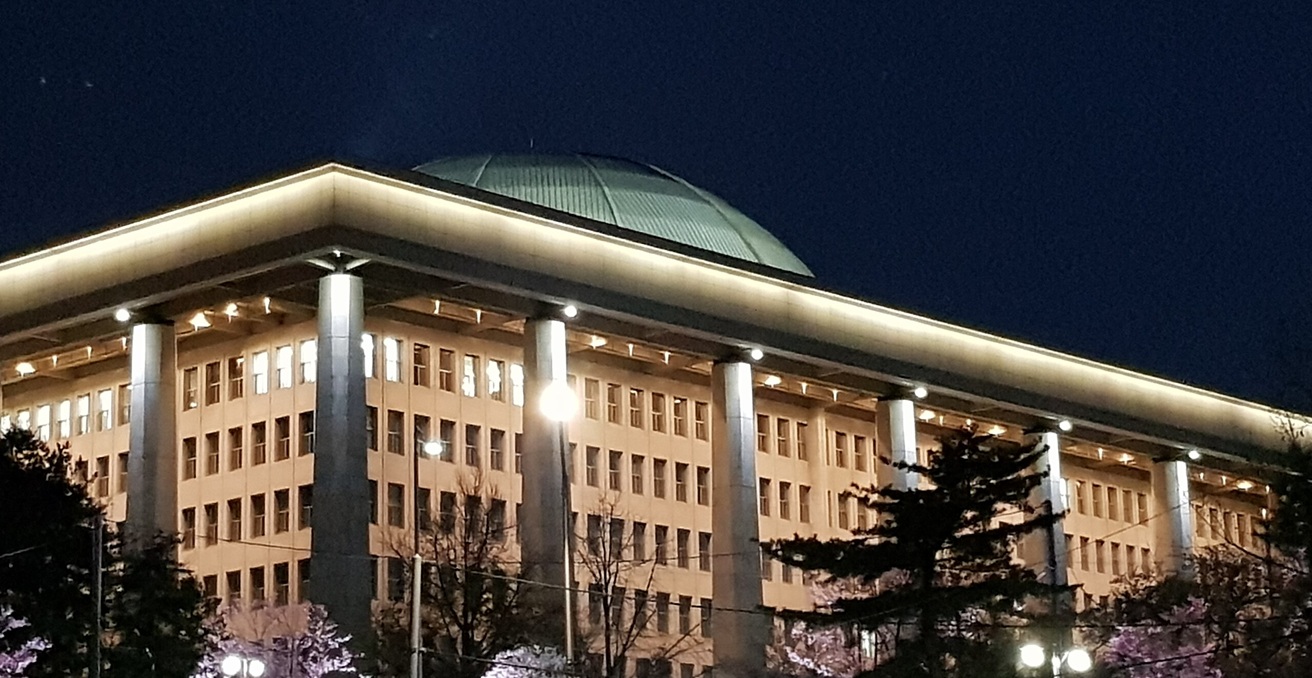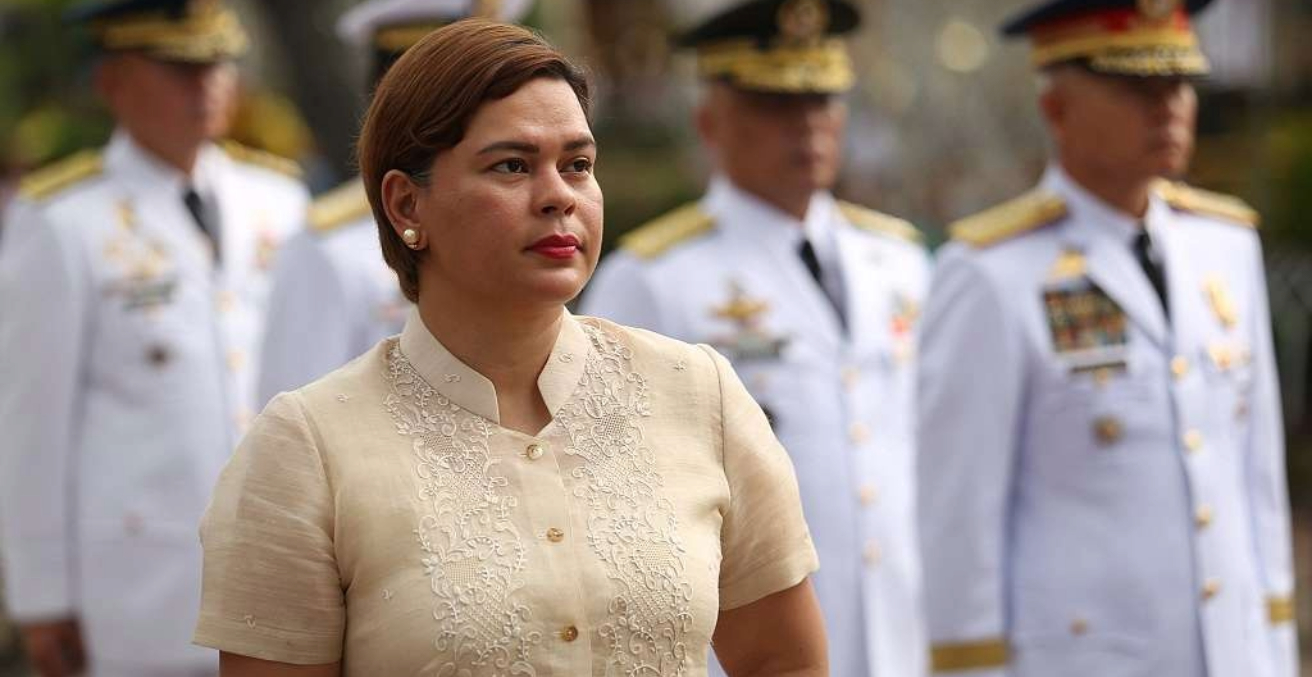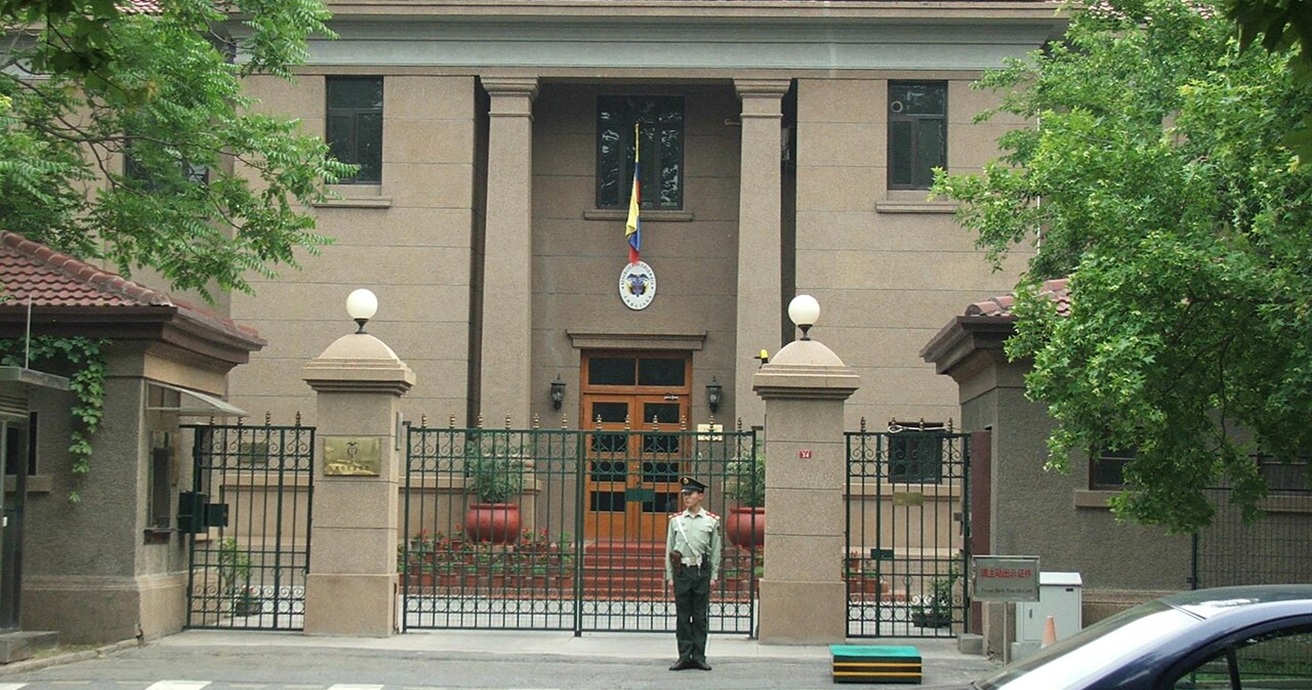Nuclear energy is increasingly recognised as a vital source of clean and reliable baseload power to support the global energy transition. Countries around the world are embracing, or in some cases re-embracing, nuclear energy as an essential component of their future decarbonised energy systems, be it through life extension programs or the refurbishment of existing plants, embarking on newbuild initiatives, or by the championing of new and advanced nuclear technologies in pilot or demonstration projects.
The growing global momentum behind nuclear energy has been evidenced in the “Declaration to Triple Nuclear Energy,” announced during the COP28 conference in December 2023, which saw 22 countries, including the United States, the United Kingdom, Canada, the United Arab Emirates, and Japan, acknowledge the crucial role that nuclear energy will play in the achievement of a global net-zero target by 2050 and committing to collaborating towards a goal of tripling global nuclear energy capacity.
We are already seeing steps being taken to advance this goal, such as in the United Kingdom with its January 2024 “British Energy Security Strategy,” outlining the government’s ambition to deploy up to 24GW of nuclear energy by 2050—tripling current capacity. In France, President Emmanuel Macron announced his intention to construct up to 14 new reactors and a fleet of small modular reactors, representing a significant change in previous French policy, which aimed to reduce nuclear’s share of electricity generation to 50 percent by 2025. Similar policy shifts have also occurred in countries such as South Korea, which recently scrapped its nuclear phase-out plans in place of a target for nuclear energy to provide a minimum of 30 percent of the country’s electricity by 2030, and also Italy, which saw its Parliament in May 2023 approve a motion to urge the government to consider reincorporating nuclear into the country’s energy mix.
However, perhaps more telling of the unprecedented global support for nuclear energy is the growing list of countries seeking to embark on a civil nuclear energy program for the first time. The International Atomic Energy Agency (IAEA) in its 2023 “Nuclear Technology Review” declares that 50 of its Member States have expressed an interest in, or are already actively introducing, nuclear energy for the first time. Importantly for Australia, this list includes a number of countries close to home, such as the Philippines, Indonesia, Thailand, and Bangladesh, with Singapore and Vietnam also likely to be added to the list in the near future. All these countries are working with the IAEA through the process it has developed for “newcomer countries” known as the “Milestones Approach.”
The Milestones Approach is an internationally accepted methodology or “toolkit” utilised by newcomer countries to advance through three development “Phases.” During each Phase, nineteen “Infrastructure Issues” are considered and addressed in a manner corresponding with the relevant Phase. Key among these Infrastructure Issues is the development of an adequate legal and regulatory framework in the areas of nuclear safety, security, and safeguards. The completion of each Phase culminates in the achievement of a “Milestone,” the final being a country arriving at a point of readiness to commission and operate its first nuclear power plant.
In the G20, Australia currently stands alone with Germany as the only two countries not currently using nuclear energy today or considering the development of their own civil nuclear energy generating capacity (Germany, of course, has access to nuclear-generated electricity from neighbouring France). If a decision was made to institute a civil nuclear energy program in Australia, Australia should utilise the IAEA Milestones Approach. In doing so, Australia would be very well placed to move ahead with a responsible civil nuclear energy program, and on a rapid timeline, should there be the political will to do so.
Australia has almost 70 years of nuclear energy experience, with our first research reactor coming online in 1958. Australia also has the world’s largest known reserves of uranium, which is actively exported for use in other countries’ nuclear reactors, meaning that Australia already engages in significant nuclear trade. Importantly, this trade is facilitated by an extensive framework of nuclear cooperation agreements with trade partners across 43 nations, which can be utilised as a basis for the nuclear trade needed to institute a civil nuclear energy program in Australia. Australia’s experience in the nuclear sector is not only leverageable but has led to us becoming a highly respected and active member of the international nuclear community, being one of the founding members of the IAEA and also a de facto permanent member of the IAEA’s Board of Governors, as the sole designated representative from the South-East Asia and Pacific Region. This reflects Australia’s current and historical leadership position in the region.
We should not underestimate Australia’s world-leading credentials and existing institutions relevant to the Infrastructure Issues identified by the IAEA in the Milestones Approach. In terms of security and safeguards, Australia’s international responsibilities are predominantly implemented by the Australian Safeguards and Non-Proliferation Office, which has stewarded Australia’s competences in these areas such as they are recognised by international bodies like the independent and highly respected Nuclear Threat Initiative, which ranks Australia first and second in the world on its two key nuclear security benchmarks.
In terms of nuclear safety, Australia has an existing nuclear regulatory body, the Australian Radiation Protection and Nuclear Safety Agency (“ARPANSA”), and an established regulatory framework. ARPANSA has recent institutional knowledge with respect to the licensing, construction, and operation of Australia’s state-of-the-art research reactor at Lucas Heights in Sydney. Both ARPANSA and its regulatory framework were recently peer reviewed at Australia’s request by a team of regulatory experts assembled by the IAEA. This team of experts concluded that Australia’s national regulatory framework is aligned with best international practice. Further, the Australian regulatory approach utilises the IAEA Safety Standards, is non-prescriptive, and is technology neutral. Consequently, our approach would constitute an excellent basis for, and is readily adaptable to, the licensing and oversight of civil nuclear power plants should Australia’s existing prohibitions be overturned and a decision made to institute a civil nuclear energy program.
When considering the status of Australia through the evaluation tools developed by the IAEA within its Milestones Approach, particularly compared to other countries seeking to implement a civil nuclear energy program for this first time, Australia is in an enviable position. This domestic starting point, coupled with Australia’s position as an advanced, industrialised nation, means that we would be well placed to move rapidly and responsibly towards civil nuclear energy, should there be the political will to join the global nuclear renaissance. We would be able to collaborate with our AUKUS partners in the US and UK, as well as other nations such as Canada, and capitalise on all the benefits that a civil nuclear energy program could bring to Australia.
Jack Turner is an Australian lawyer and Senior Associate at GNE Advisory, a law practice dedicated to the nuclear energy sector. Jack works on all aspects of nuclear energy law, with a primary focus on the establishment of the legal and regulatory infrastructure for civil nuclear energy programmes, as well as commercial arrangements for, and the implementation of, nuclear power plant projects.
This article is published under a Creative Commons License and may be republished with attribution.




